I expected Birmingham to be a dark and dirty industrial town, appropriate for the birthplace of a lot of British steel, as well as other metal such as Black Sabbath and Judas Priest. There is a bit of grime around the edges, but gentrification has taken root in the heart of the city. Interesting, modern, almost sci-fi buildings sprout from the historic neighborhoods one expects in England. The contrasts are perhaps strongest when arriving by train. Step out of the lovely, ornate ironwork station and you’re confronted by the entrance to Selfridges – something like Star Wars meets Yellow Submarine.
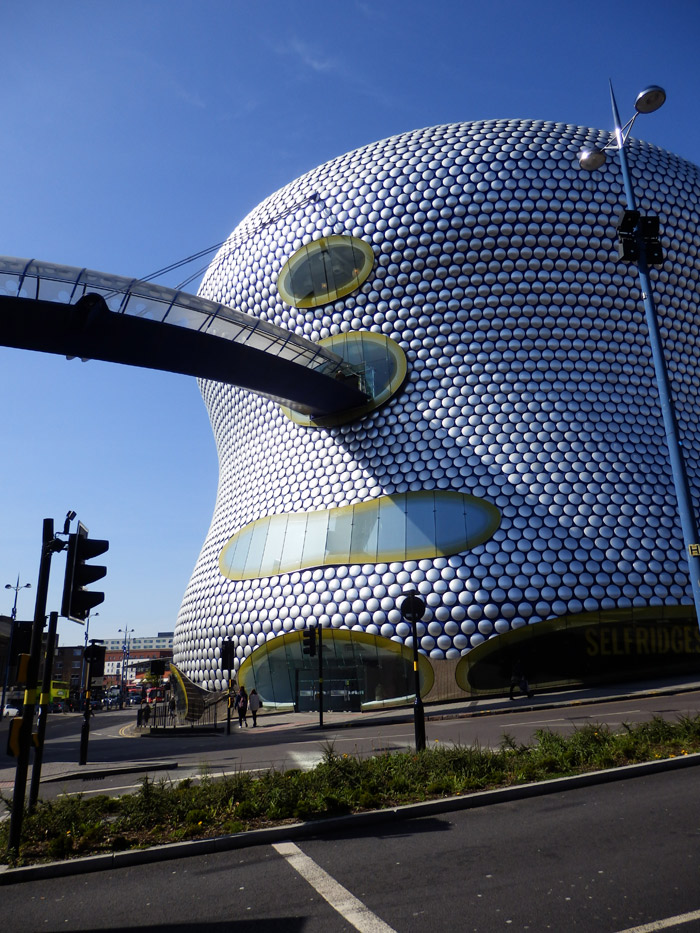
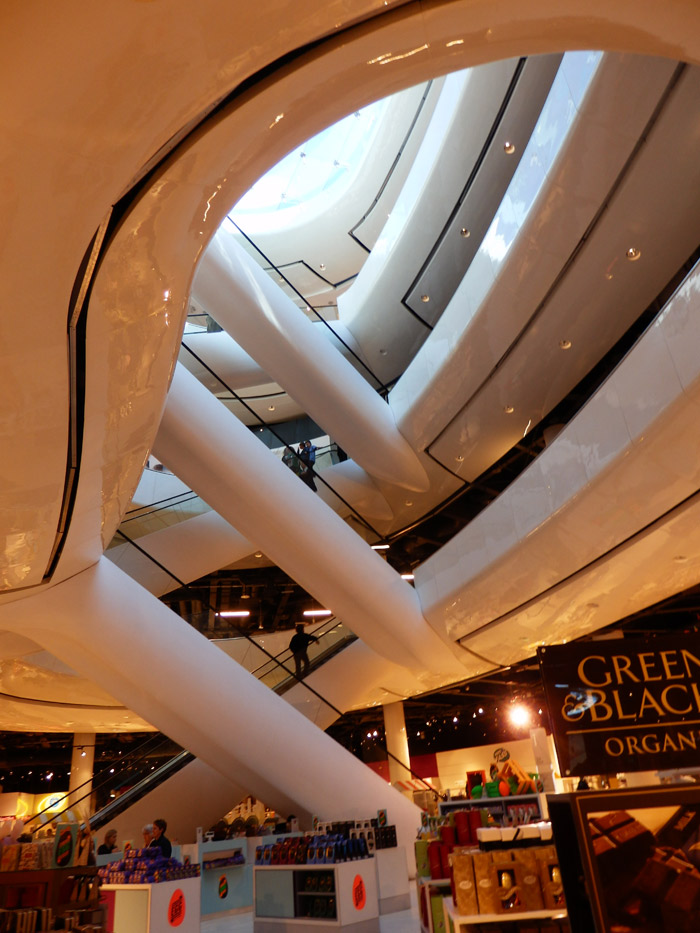
Inside, you’ll find a department store that feels like the set for Logan’s Run. The shelves are lined with upscale goods and expensive imports. Or downscale, yet still expensive imports.
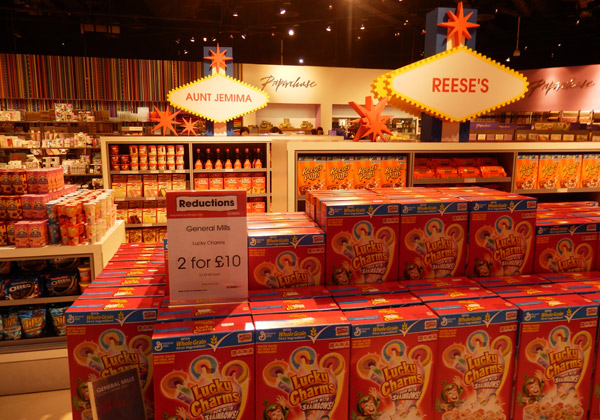
Continue out through the mall and into the street and you’re confronted by a Gothic church, molding stonework and glaring gargoyles.
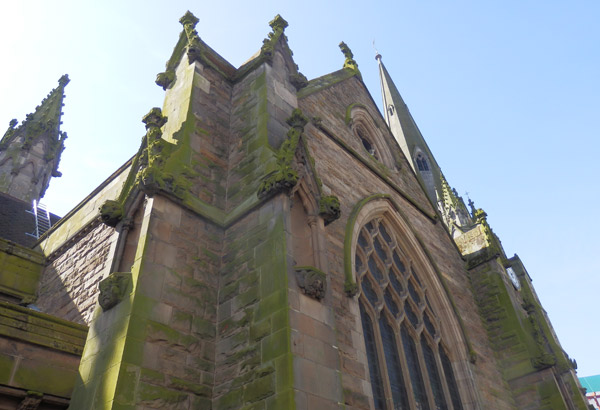
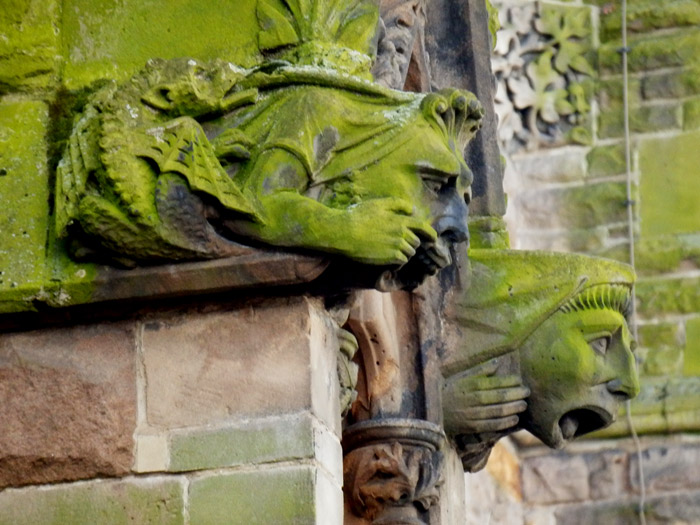
Just past that is a street lined in shining glass and steel, though a statue of Nelson watches over bustling shoppers. A block beyond is all beautiful brick and stone with deco and nouveau flourishes, though the ancient facades house Starbucks and upscale clothing boutiques.
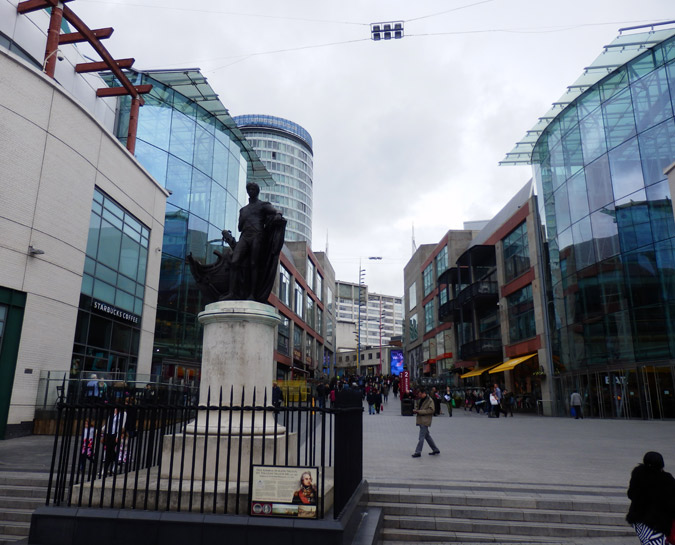
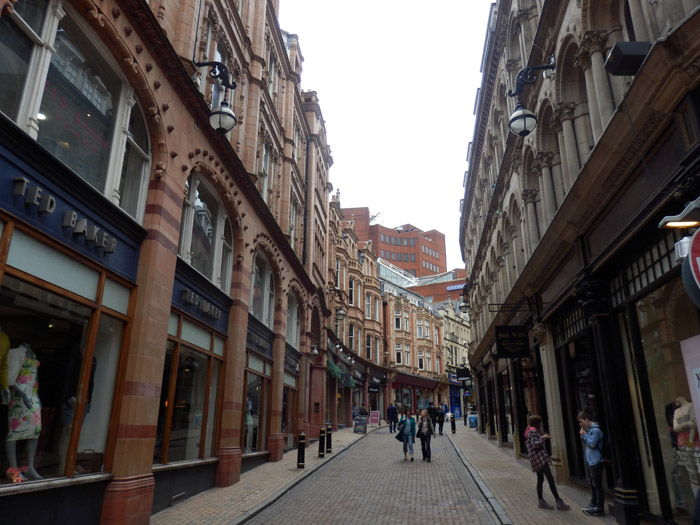
One of the days we visited, showers randomly pelted the town so we ducked into the Birmingham Museum and found it to be as surprisingly interesting as the town itself. The city used to have an extensive jewelry quarter, in addition its more industrial works. The museum also houses an impressive collection of paintings, sculpture and more.
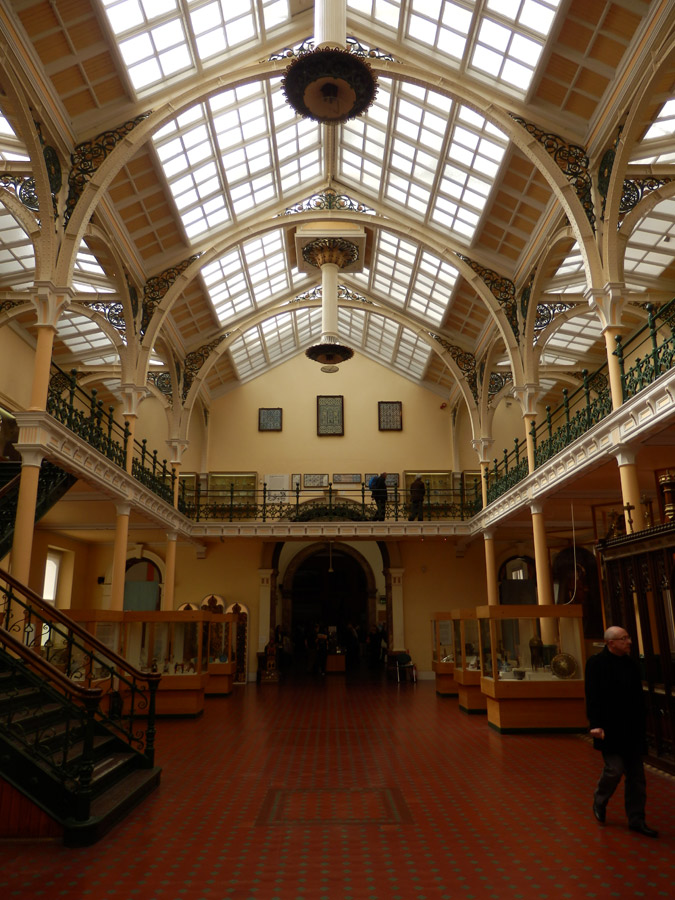
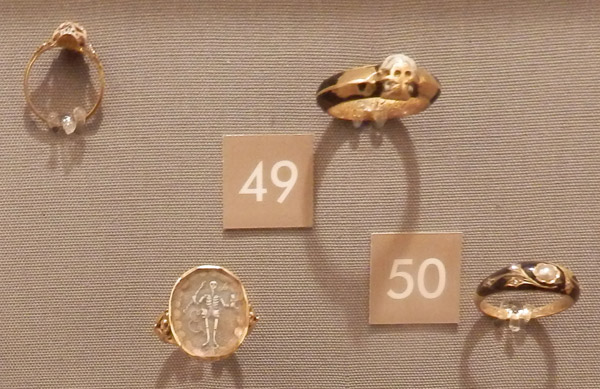
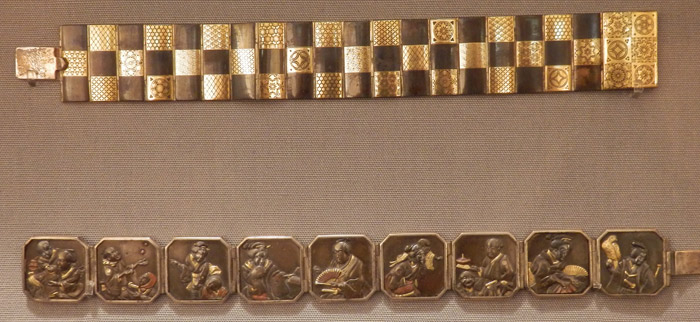
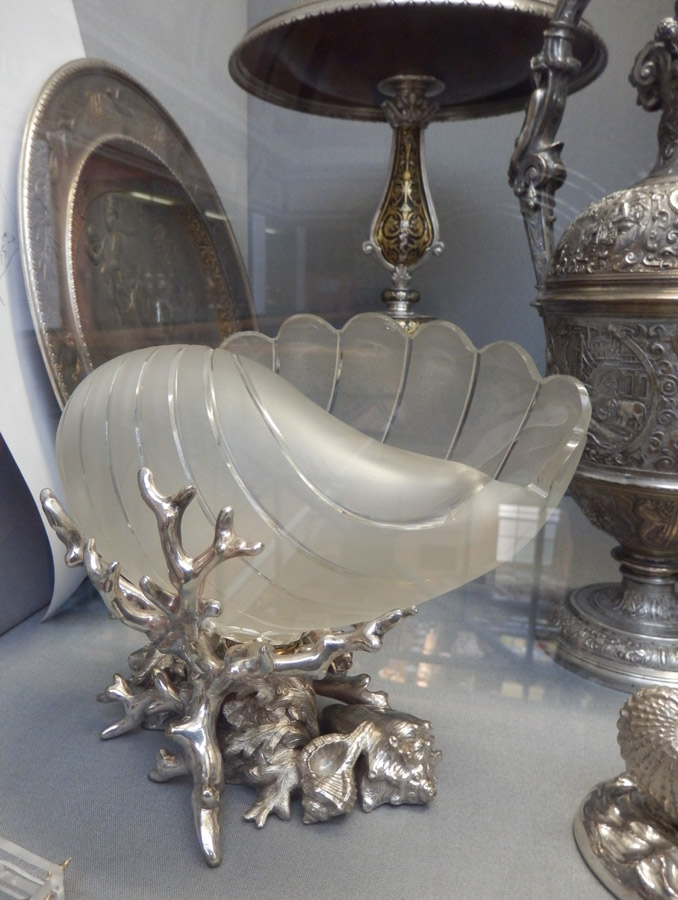
On a sunnier day, we signed up for a walking tour of the jewelry quarter organized by the jewelry museum. A very knowledgeable and witty guide showed us a glimpse of the neighborhood’s history, much of which was destroyed due to bad city planning. The district was crowded and crumbling so the city tried to move the jewelers into a new high-rise. The increased rent didn’t encourage anyone to move, despite the destruction of the older buildings. Now, the city is trying to save some of that history, going so far as to restore some of the original public urinals that were fabricated here.
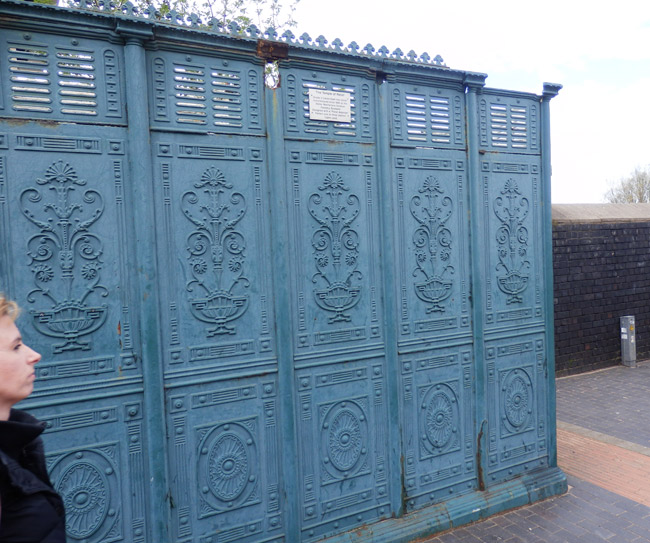
We happened to wrap up the tour next to the entrance of the Pen Museum. The town once manufactured the vast majority of the world’s pen nibs and the improved production method decreased the cost of writing by something like 90%, making it possible for everyday people to put pen to paper.
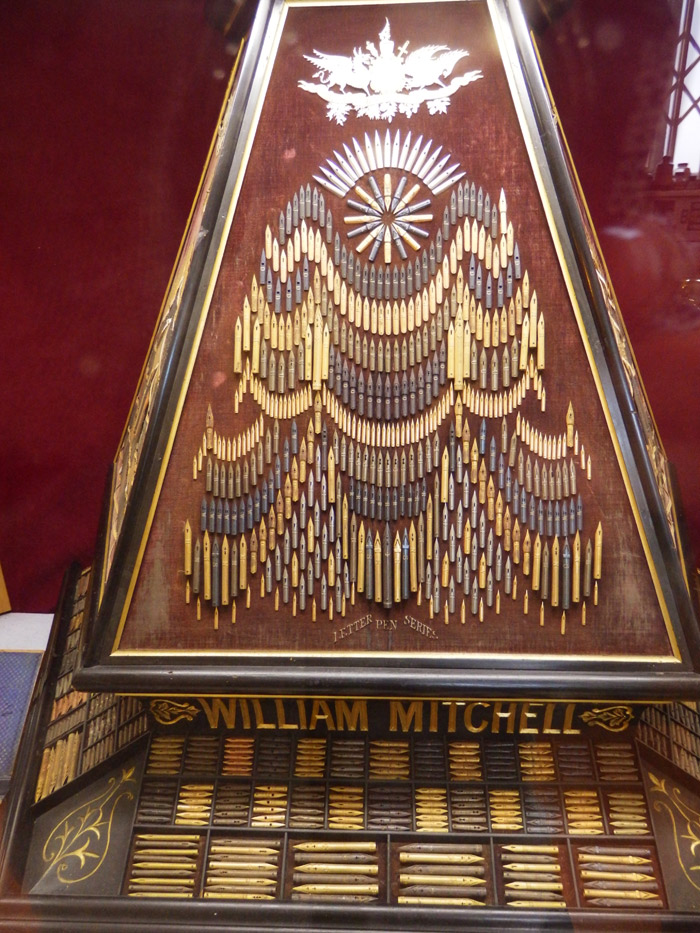
The museum itself isn’t mind blowing unless you’re a pen nib fetishist, but it does have an activity room that allows you or your kids to try your hand with various pen tips.
If the weather is good, the streets make for plenty of eye candy.
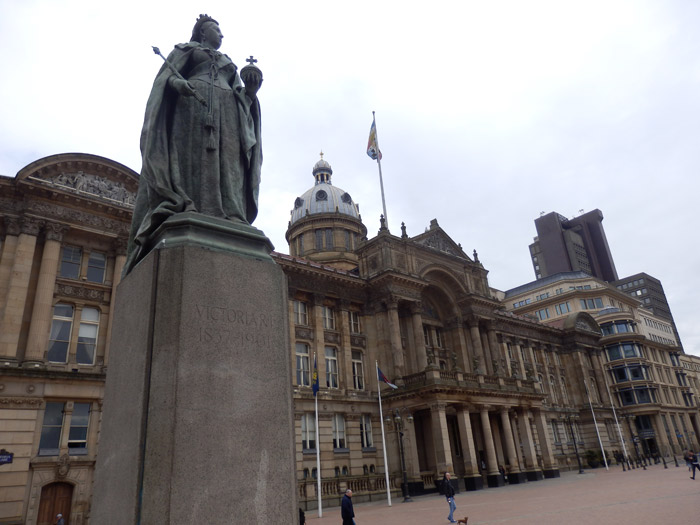
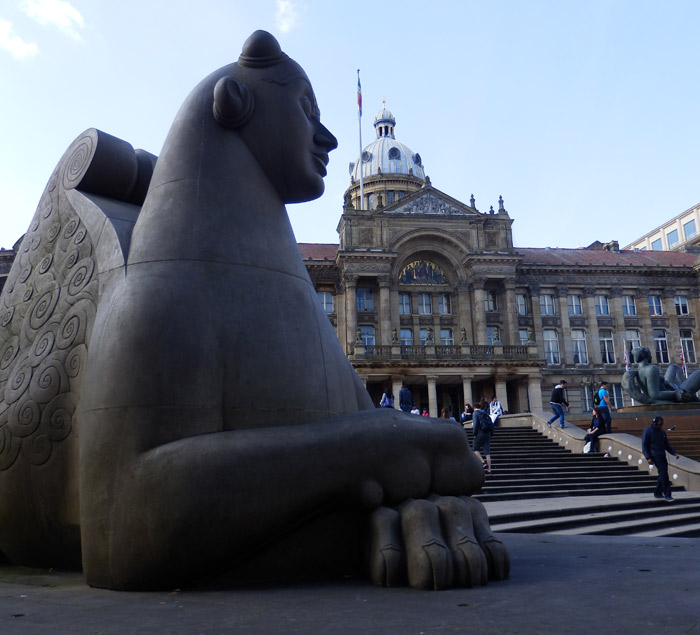
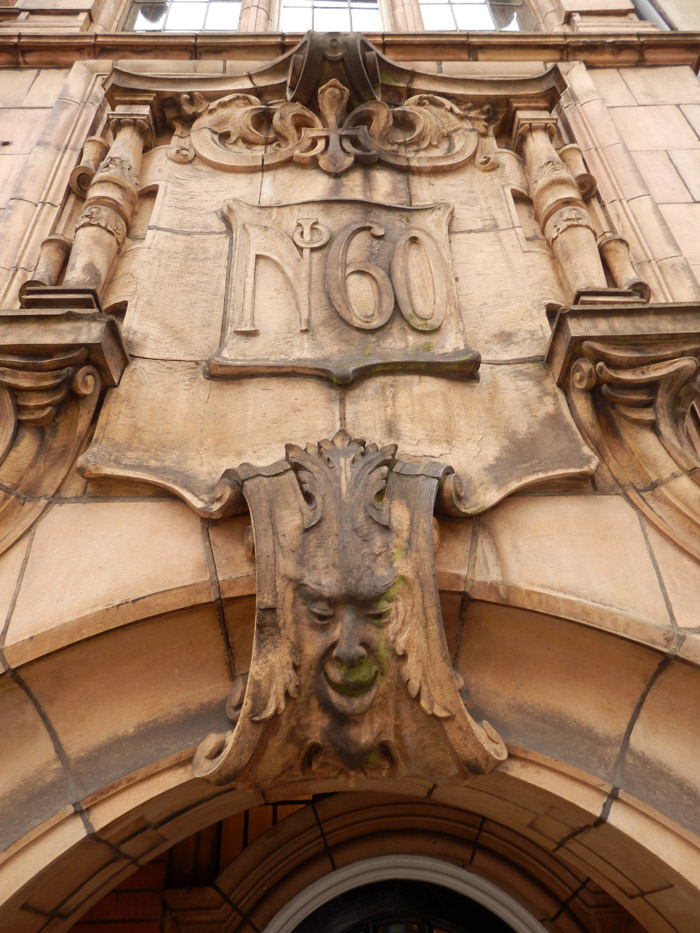
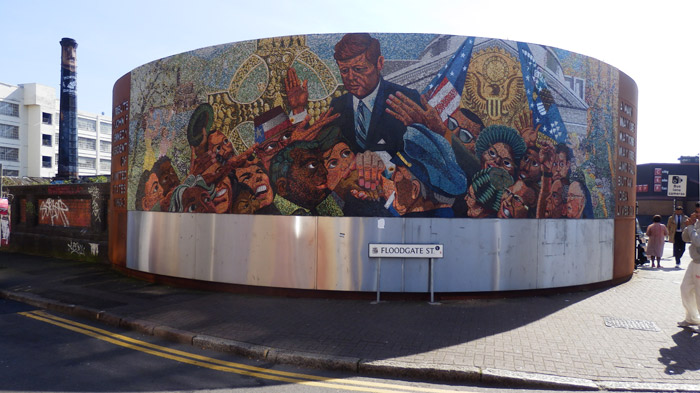
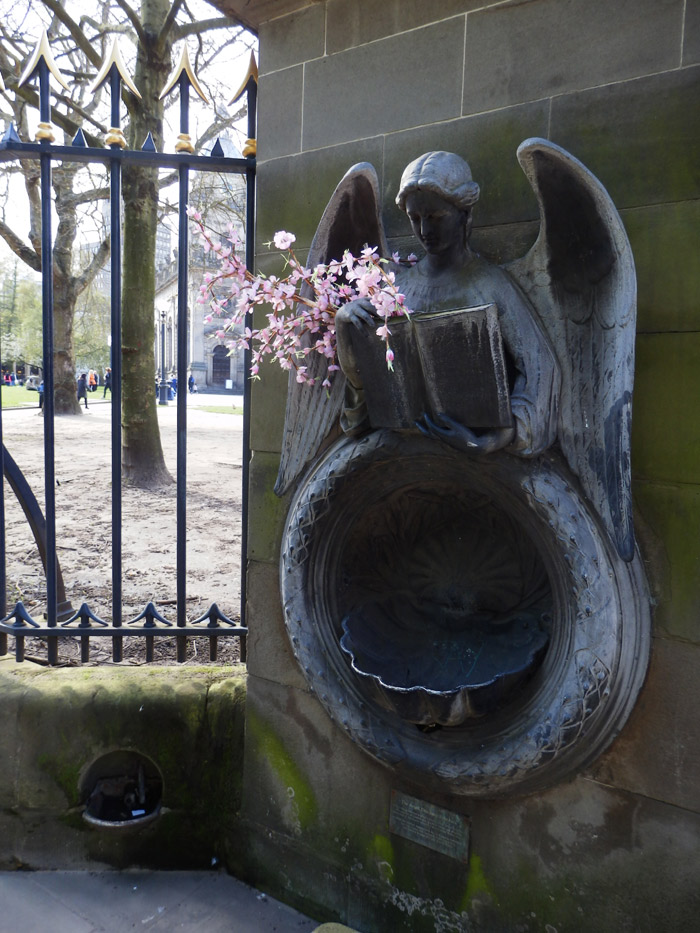
Aside from metal, Birmingham is also known for its canals. There are more miles of them here than in Venice. Charming river boats glide by, passing under buildings and stopping at the frequent locks to adjust to the next water level.
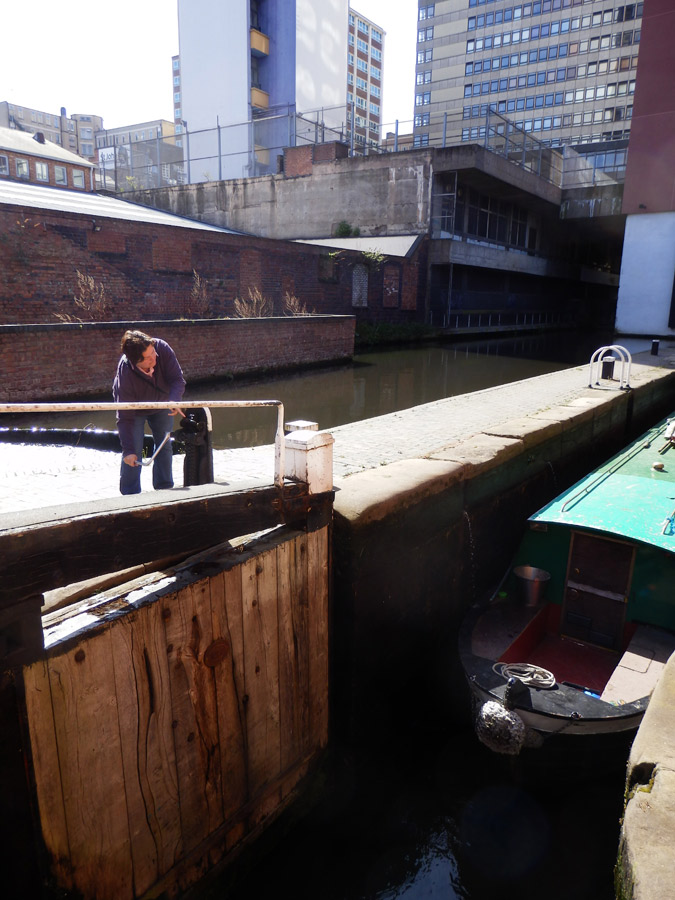
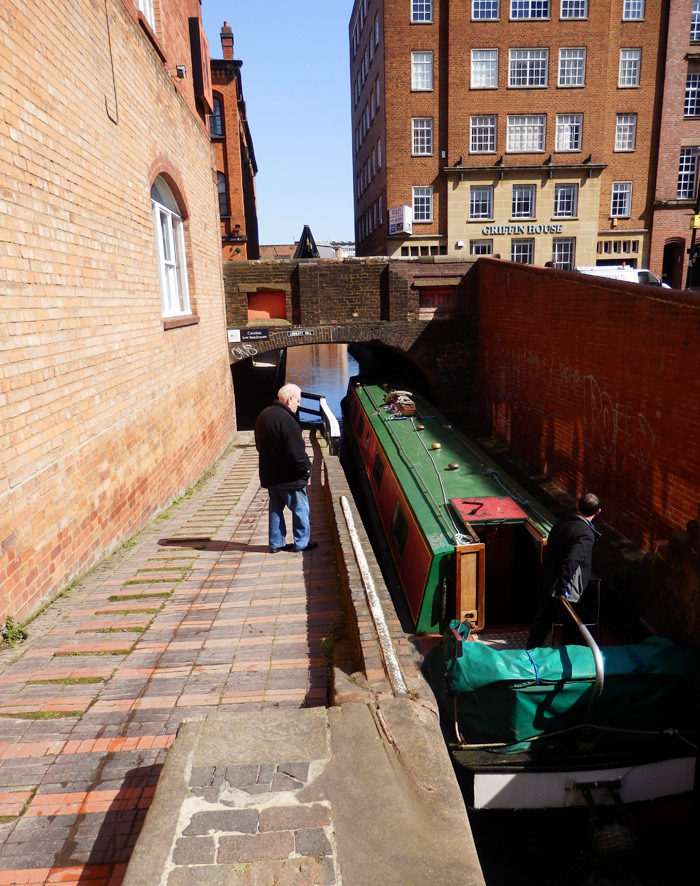
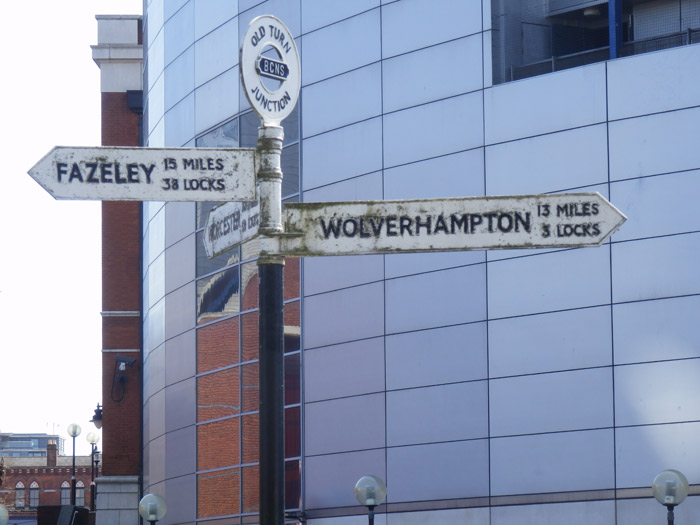
On my bucket list: rent one of these boats and do a two-week pub-hop around the Avon Ring. Chug along, admiring the English countryside, until you spot a pub that interests you. Have a few pints and stumble back to the boat for a good night’s rest, then back to putting along the next day. There are some sections, however, where you would have to do extensive work due to the manual labor the locks require. Signs like the above warn you just how little ground you’re going to make.
England’s canals weren’t built for leisure cruises, of course. In Birmingham, some sections haven’t recovered from the loss of the major industries they were intended to support.
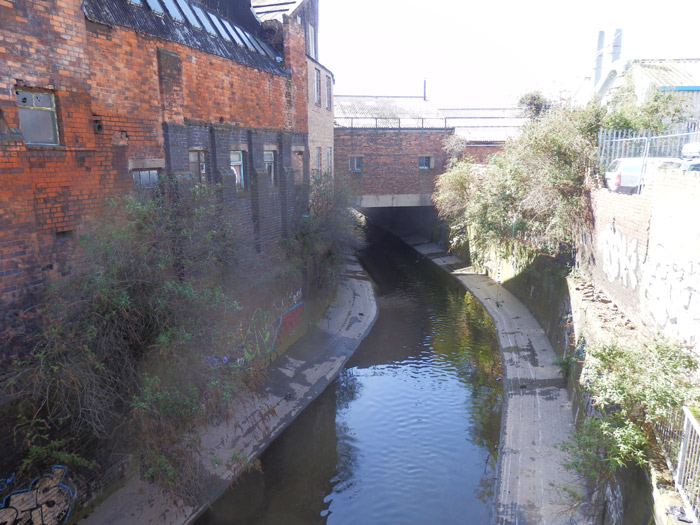
Other sections, however, have become the centerpiece for bustling shopping districts, funky art and design centers, or just a nice place to take a walk. We trekked across half the town, watching ducks paddle past office workers on lunch breaks, until we found a charming canal-side pub where we relaxed over a few pints. There are worse ways to spend a day.
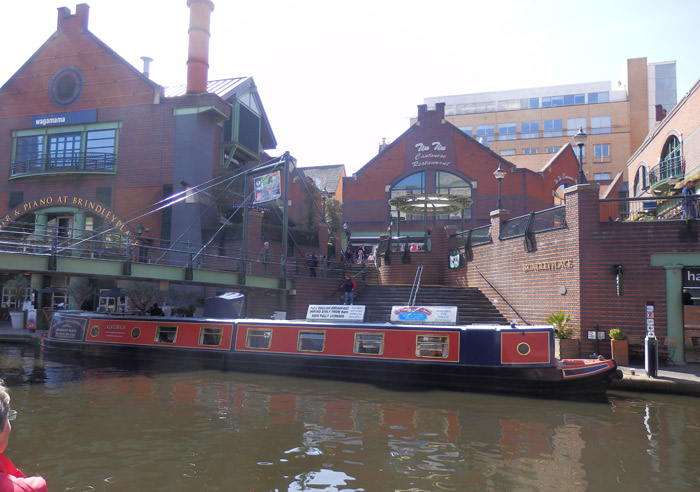
Another thing Birmingham is known for is their new library. The facade may look familiar if you looked closely at some of the photos near the top of this review. It was meant to mirror some of the jewelry produced in the city. Inside, it’s a modern marvel. Even if you’re not interested in books (or maps, or movies, or…), they have a series of patios that provide sweeping views of the city. To contrast with the modernity is the Shakespeare Room in the top of the building, almost a metaphor for the city itself – something old and traditional in the heart of something shining and new.
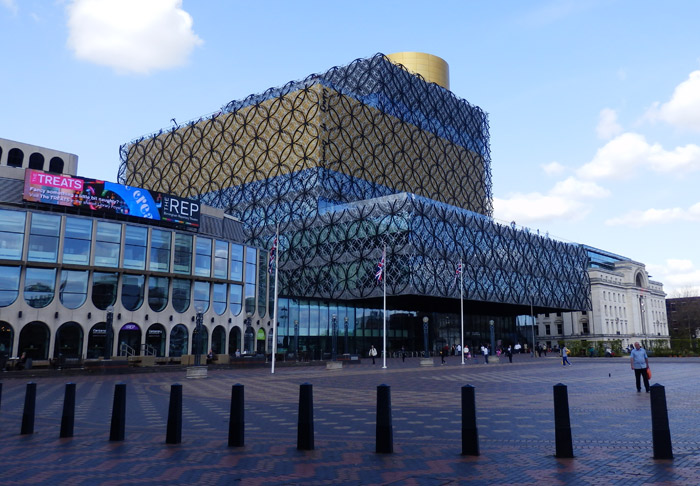
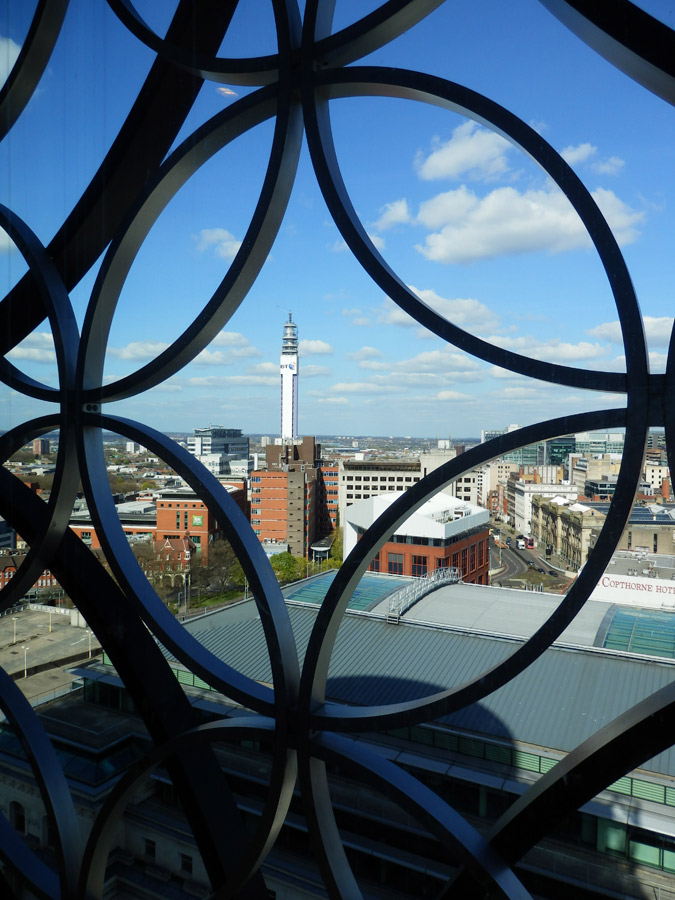
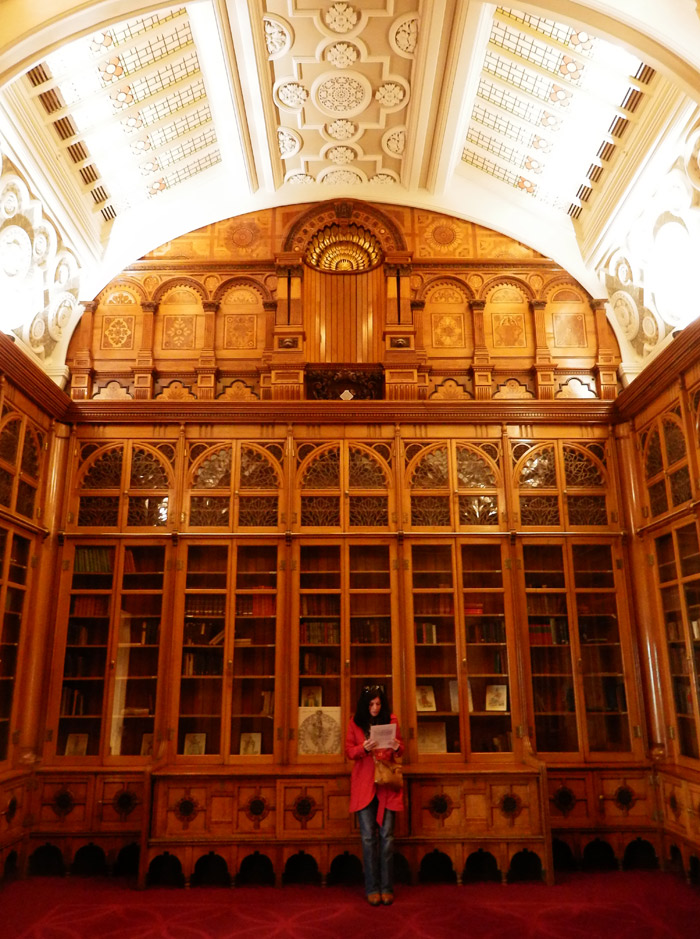
Not all of Birmingham’s historical artifacts are things of classic beauty. The old library still stands, like some kind of East German Secret Police headquarters where the screams of the damned are muffled by tons of solid concrete.
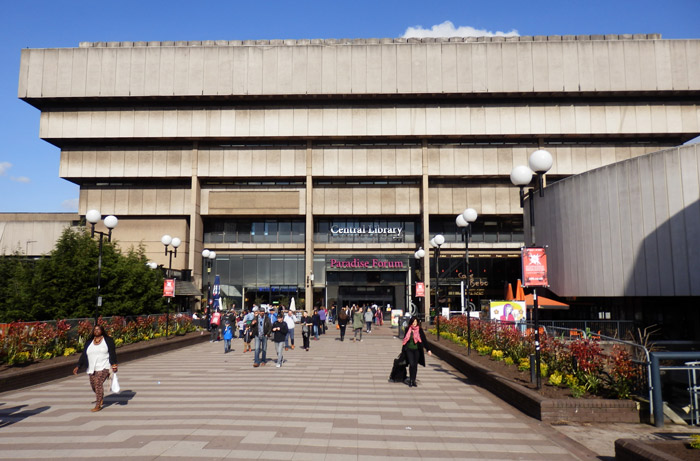
I’m not really a fan of the Brutalist style, but perhaps the building should remain intact, if for no other reason that to remind us of the (architectural) horrors of the past.
Other ghosts of Birmingham’s past await resurrection, or perhaps reincarnation. This was the station where the first train from London to Birmingham arrived, now standing abandoned.
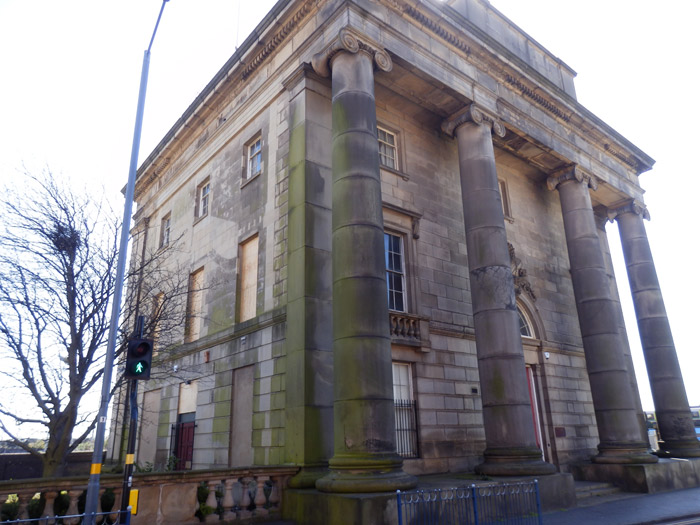
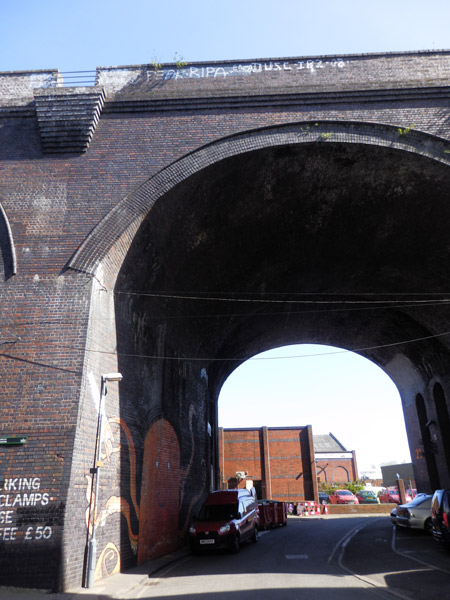 At random points during our walk around town, we passed under bridges that once supported the lines going to that station. Some of the sections have been torn down entirely, other sections sport trees and shrubs, but enough of it remains to make me think it could be used for something, perhaps like the High Line in New York.
At random points during our walk around town, we passed under bridges that once supported the lines going to that station. Some of the sections have been torn down entirely, other sections sport trees and shrubs, but enough of it remains to make me think it could be used for something, perhaps like the High Line in New York.
As for night life, our native guides make a few suggestions in the Moseley area. We sampled a few places, finding trendy dance clubs and crowded pubs. We found the guides themselves at a place that wasn’t so much a pub as an attempt to be an amusement part for all things alcohol-related: traditional pub up front, wine bar off one side of the patio, cigar bar off the other side, tiki bar in the back, and every square foot occupied.
Eventually we were herded off the patio, forcing the crowd into the pub. I suspect there was a noise ordinance in effect after a certain hour, but this only forced people into the alleys and street around the bar. We managed to shoehorn ourselves into a booth in the pub up front, watching the festivities wind down toward closing time.
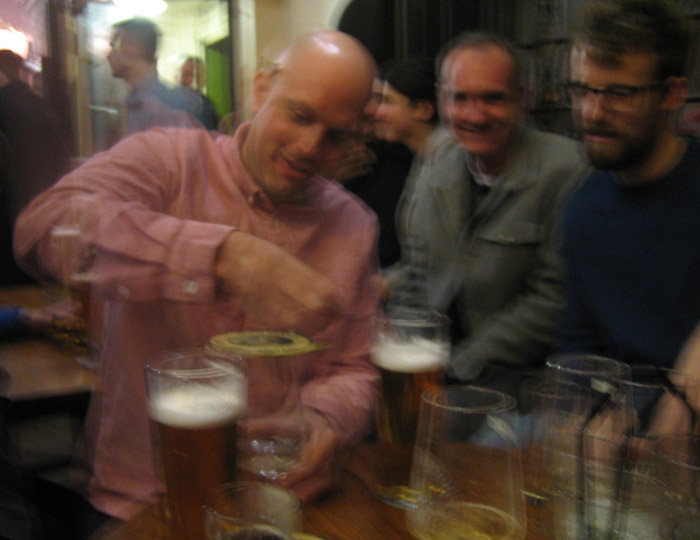
One gentleman didn’t want to call it a night, despite his friends’, and eventually the bouncers’, insistence. He was coaxed out the door just in time to puke all over the doorway. I thought the bar and/or his associates should have called a cab but instead an ambulance arrived. I’m glad the authorities didn’t get involved every time I or someone I knew drank too much, but England is a different country – even than the one it was only a few years ago.
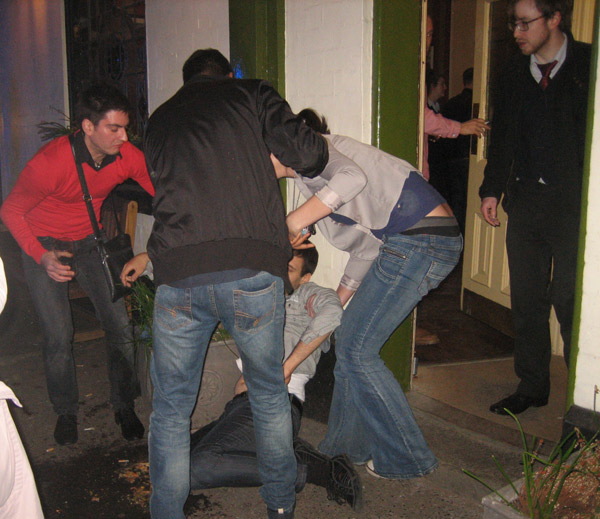
I wasn’t charmed by Birmingham on my first day, but by my last I was looking forward to visiting again some day. The town has a rich mix of immigrant and native populations, old and new architecture, fading industry and rising arts, and is surrounded by some really gorgeous countryside.
Next up, we fly through that countryside by train, bound for Brighton. Stay tuned.